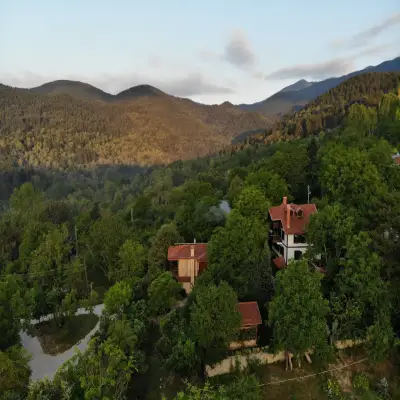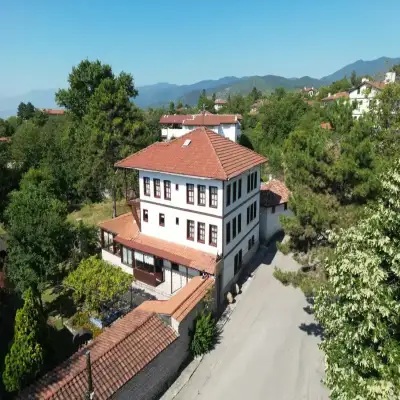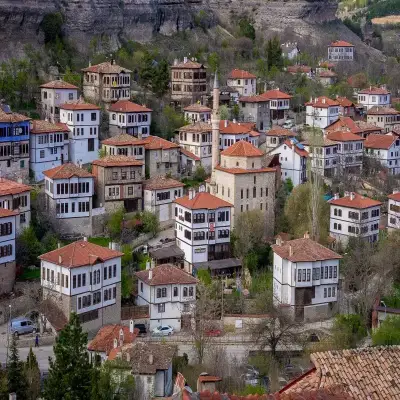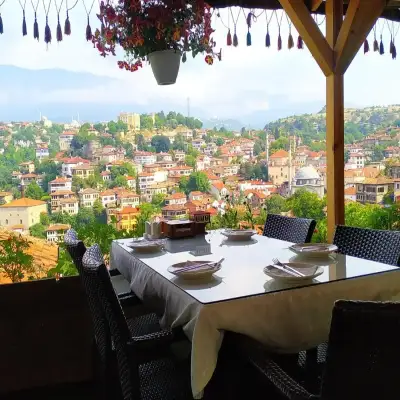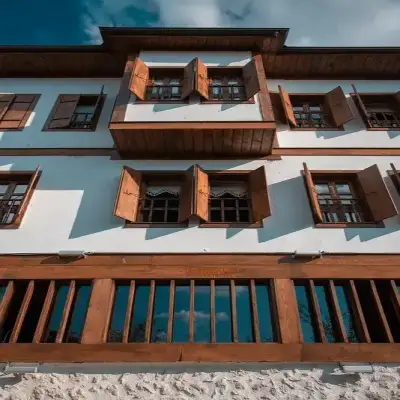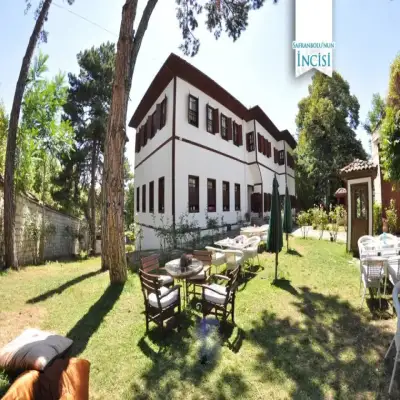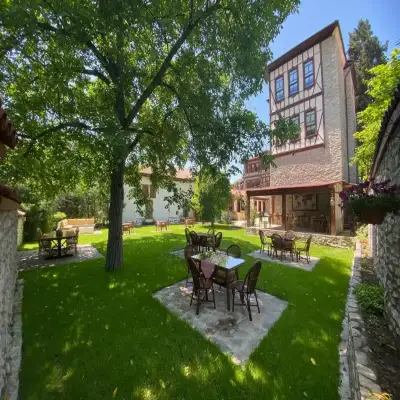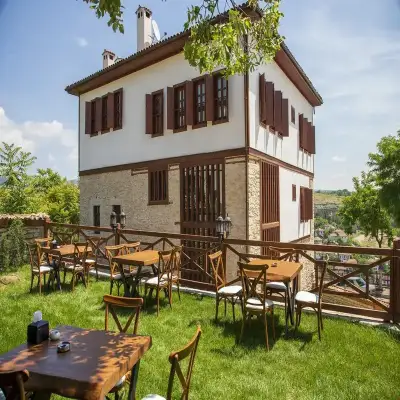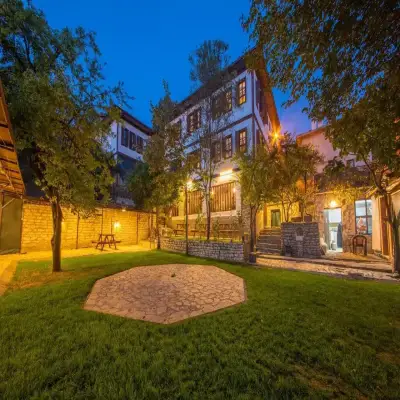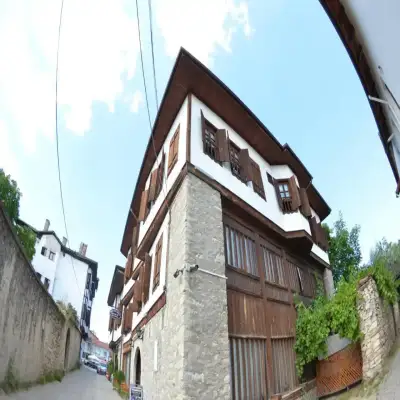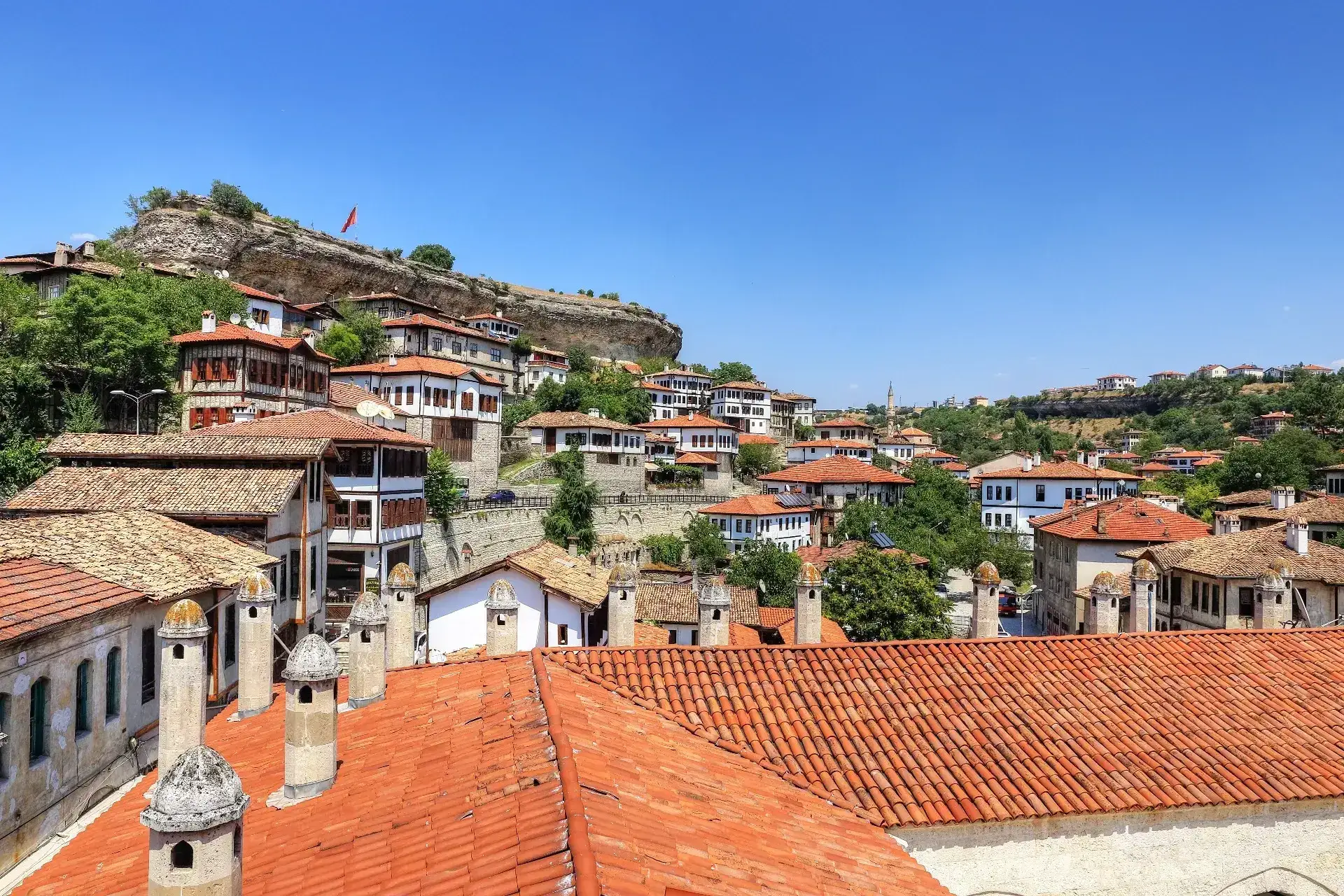
Safranbolu Guide
Located to the north of Ankara, Safranbolu is the largest district in Karabük Province and has become globally renowned for its conservation efforts on an urban scale. With its centuries-old history, natural beauty, and cultural heritage, Safranbolu has secured a spot on the UNESCO World Heritage List, with over 1,200 protected historical buildings. Once known only within Turkey, Safranbolu has now become a world-famous town. It was added to the UNESCO list in 1994 for its historical houses. The Safranbolu Houses are magnificent examples of Classical Ottoman architecture, similar to those found in other towns such as Odunpazarı, Taraklı, Göynük, and Cumalıkızık. These houses date back to the 18th, 19th, and early 20th centuries. The region boasts more than 2,000 ancient homes, primarily built with wood, stone, and adobe. These houses are typically enclosed on the outside, but they feature spacious gardens and courtyards within. No house in Safranbolu was built in a way that blocks the view of another. The houses generally have two or three stories, with the upper floor used as a bedroom, daily life usually taking place on the middle floor, and the ground floor housing the kitchen, barn, and storage areas.
The ancient history of Safranbolu traces back to the classical era, and it is mentioned as Paplagonia in Homer’s Iliad. The city has been home to various civilizations throughout history. Its first inhabitants were the Gaslar people, and subsequent civilizations include the Lydians, Persians, Hittites, Romans, Byzantines, Seljuks, and Ottomans. The region has always hosted major empires. Today, in addition to the Ottoman-era houses, many mosques, inns, baths, fountains, and mansions from this era still stand. With its cobblestone streets and homes that reflect the finest examples of Classical Ottoman architecture, Safranbolu is a "Museum City" that has earned its place on the UNESCO World Heritage List and remains a top destination for travelers.
Safranbolu, which has preserved all the characteristics of traditional Turkish society and maintained its environmental fabric, is home to approximately 1,200 of the 50,000 protected sites in Turkey that are on the World Heritage List. The town, named after the saffron flower grown in the region, attracts tourists with its 18th and 19th-century houses. In addition to the historical sites in the town center, including inns, baths, various artisan markets, bridges, fountains, the castle, and the clock tower, nearby areas such as the Yörük Village, Yenice, Eftani, Ovacık, and Eskipazar offer other breathtaking natural and historical beauties.
With its renewal and restoration efforts, the historic town greets visitors with a beauty that resembles a theater set. As you travel from Karabük to Safranbolu, you’ll encounter modern architecture at the higher parts of the town, but the unspoiled, traditional Safranbolu lies just a little further down. The asphalt road runs close to the center of the town, and the unique architectural fabric of the town immediately signals that you are in an open-air museum with its distinct, typical Safranbolu houses.
Today, Safranbolu attracts not only domestic visitors but also a large number of foreign tourists. The town is visited year-round by many guests, and it offers a wide range of accommodation options. Most of the hotels in Safranbolu have been converted from old mansions that were restored for use. Even abandoned mansions have been restored and transformed into hotels or restaurants in the town.
For accommodation recommendations, you can check out our Safranbolu Hotels page.


